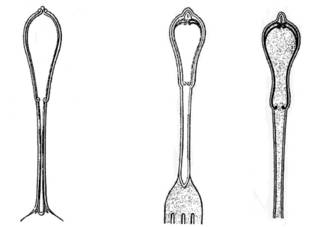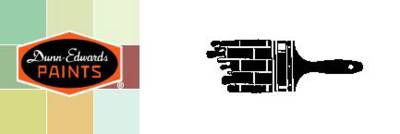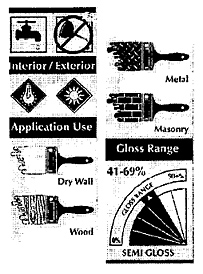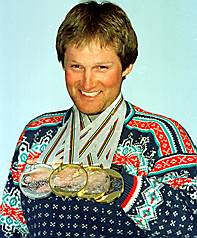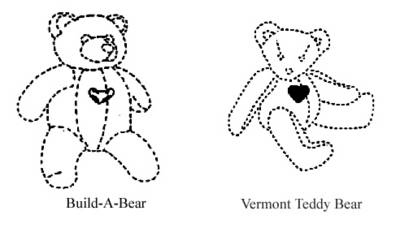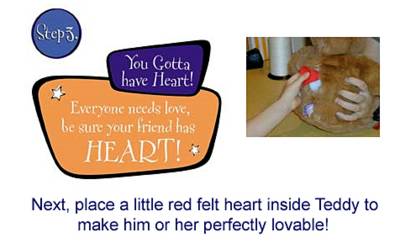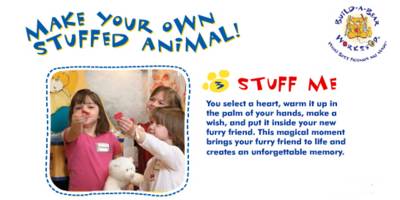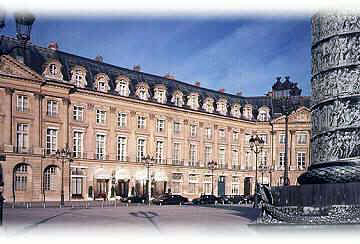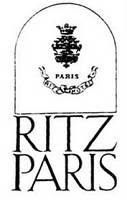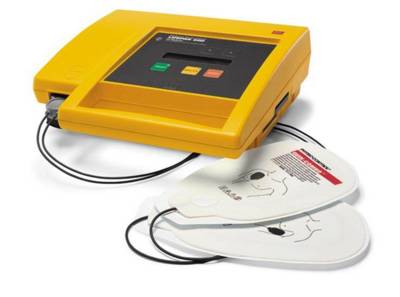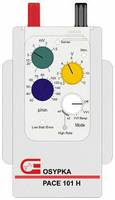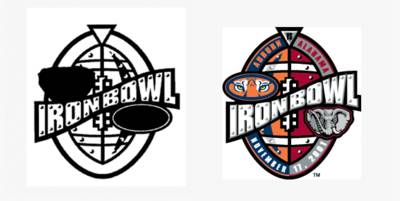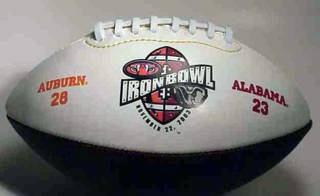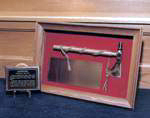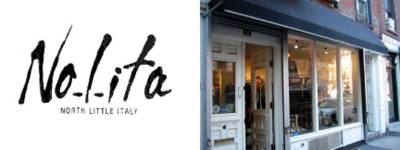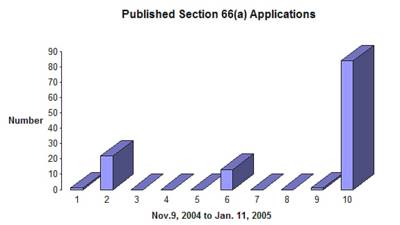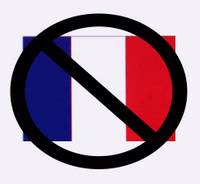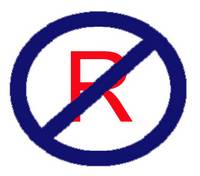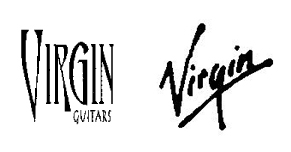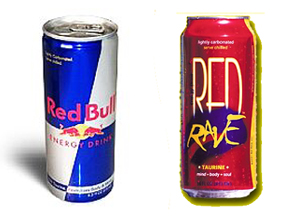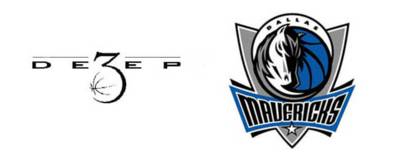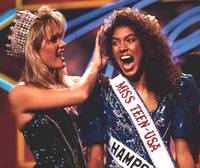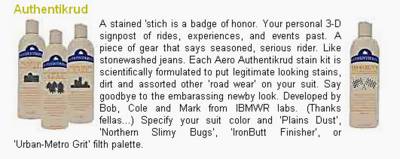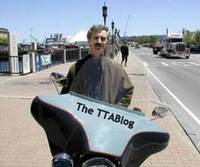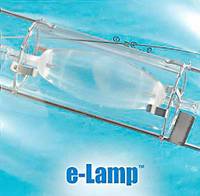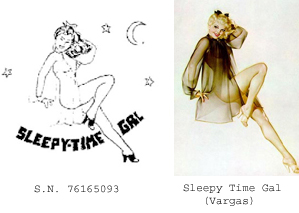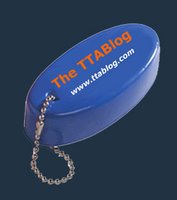The TTABlog End-of-Year Index
The TTABlog first appeared in the blogosphere on November 9, 2004. More than three dozen postings later, it toddles into the New Year. Set out below is a listing of the items thus far posted, categorized loosely by subject matter.

Section 2(a) - false suggestion of a connection:
Section 2(d) - likelihood of confusion:
- CAFC Partially Reverses TTAB in Paris Ritz Oppositions
- Fame of "PHYSIO-CONTROL" Accorded Dominant Weight in TTAB's Confusion Analysis
- Ole! "RED RAVE" Sidesteps Charge Of "RED BULL"
- Virgin's Rights Intact After TTAB Tryst
- Beauty and the Board: TTAB Says "MISS T-GIRL USA" Likely To Confuse
- TTAB OKs "REALTOR" For Tires
- TTAB Gives "PERSONAL POST OFFICE" Its Stamp of Approval
- Archie Overreaches
- Manny, Moe & Jack Cry "Fraud!" -- And The Board Agrees.
Section 2(e)(1) - mere descriptiveness:
- TTAB Says "Hasta la Vista" to PALABRA LISTA
- TTAB Finds "NOT MADE IN FRANCE" Not Funny
- TTAB E-jects Three "E"-Prefix Marks as Merely Descriptive
- TTAB Gives "PERSONAL POST OFFICE" Its Stamp of Approval
- Ho-Hum! CAFC Affirms TTAB's "DUALSAND" Decision
Section 2(e)(3) - primarily geographically deceptively misdescriptive:
Section 2(e)(4) - primarily merely a surname:
- TTAB Socks It To Norwegian Skier Vegard Ulvang
- Willie Mosconi and Firmant Arthur Franke: Historic Figures and Section 2(e)(4)
Section 2(e)(5) - functionality:

Not a trademark/service mark:
- TTAB Blocks Half-Obliterated Design Mark
- Paint Can Icon Gets TTAB Brush-Off
- TTAB No Picnic For Teddy Bears
- TTAB Finds No Use For "AUTHENTIKRUD"
Mutilation:
Genericness
- "THE BEEF JERKY OUTLET" Not Generic For Beef Jerky Outlets
- TTAB Says "WAREHOUSE" Generic for Retail Store Services
Bona fide intent
Trade Dress/Product Configuration:
- TTAB Nixes Baby Carrier Shape As Functional
- Trade Dress and the TTAB
- TTAB Says No To Trade "Undress" Applicant
Other:
- Recommended Reading: Design Patents and “The Death of Gorham Co. v. White”
- Osama and the "Trademark Trial and Appeal Board"?
- Thirteen Section 66(a) Applications Published For Opposition Today
- Madrid Section 66(a) Applications Still Dammed Up
- Madrid's Route 66(a): Closed for Repairs?
- Traffic Halts on Madrid's Route 66(a)
- Thus Far In 2004: 12 Citable TTAB Decisions
- Six Potential Pitfalls In Trademark Prosecution
- Increasing Traffic on Madrid's Route 66(a)
- Some Suggestions for Streamlining TTAB Proceedings
- Ouch! The Worst TTAB Decisions of 2004?
- First Section 66(a) Application Published Today!
- Leo Stoller loses again
Text and photographs ©John L. Welch 2004. All Rights Reserved.

